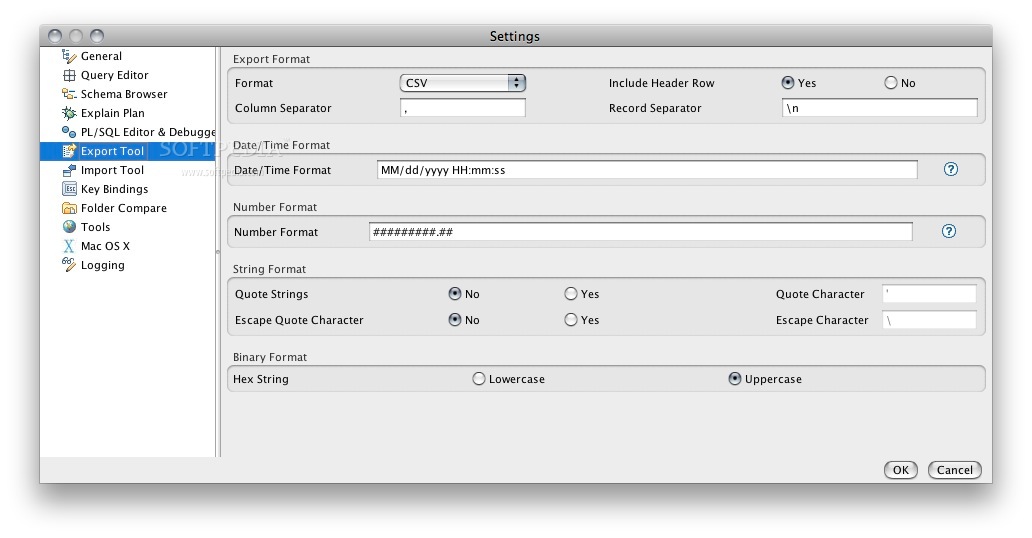

Creating a new database in AdminerĪfter creating a database, you can change various aspects of it, like the database’s name, schema, users, and tables. For WordPress databases, the recommended collation type is utf8mb4_unicode_ci. Enter the database name and select its collation type. You can click the Create database link to create a new MySQL database. Exploring a WordPress database with Adminer Create a New Database You can also select an existing database to manage through here.
#Db solo alternative password
For a MySQL database server, the default username is root, and the default password is an empty string. Adminer lists all the databases if you don’t specify oneĪs explained before, you can connect to any database server Adminer supports. Ticking the Permanent login option will save your login details so you can revisit this session easily later through the links on the side. Adminer will show you a list of all the databases on its next screen.

You can also leave the database field blank. Logging into Adminer with or without a database nameįrom here, you can log in to any database installed on your server. If you don’t have a domain name setup, you can also access it through your server’s IP address or localhost environment. To access it, all you need to do is visit its link through your browser.įor example, if you’ve placed it in your website’s root directory, then you can access it by visiting. Its plug-and-play design means that Adminer will work on almost any server. You’ve now installed Adminer on your server. However, it’s good practice to put all your third-party tools in a separate directory (e.g. php file anywhere on your server, like its root folder.
#Db solo alternative download
You can change Adminer’s version number in the above code’s download URL if there’s a new version available. It adds support for the just-launched PHP 8.0. curl -o Īdminer 4.7.8 is the latest stable version. Downloading Adminer’s latest versionĪlternatively, if you’re using the terminal, you can download it directly to your directory with the curl command. for a WordPress site), you can get these lighter variants. If you’re managing a MySQL or MariaDB database (e.g.

You can also find the MySQL-only and English-only flavors of Adminer on there. MySQL, PostgreSQL, etc.)ĭownload the latest version of Adminer from their official website. But before you get started with installing it, here are some basic requirements to get Adminer working on your server:


 0 kommentar(er)
0 kommentar(er)
